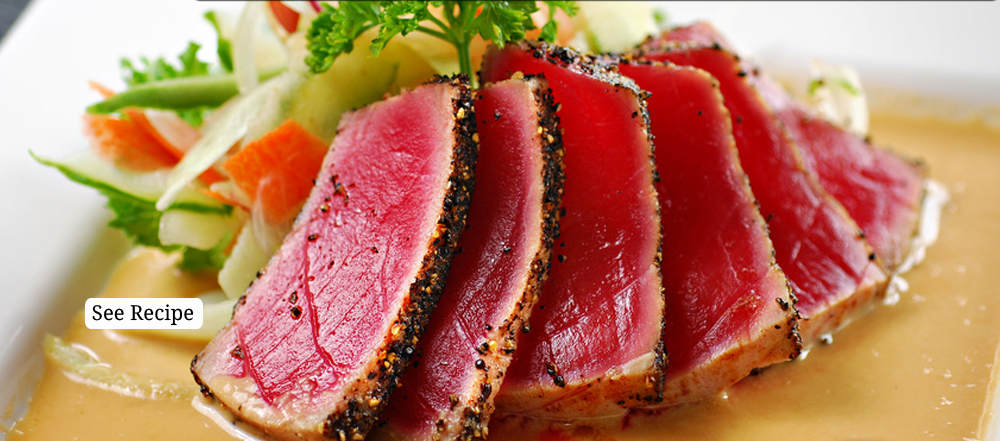Tips For Perfect Pies
Pies are difficult to make- I’ve been known to throw a few crusts across the kitchen in frustration. Over the years I have picked up a few tips that can help you become a master pie maker:
Flour
Flour is made up of carbs (starch), protein, and a small amount of fat (mostly present in whole wheat flours). Higher percentages of protein translate to harder crusts, and are best suited for yeast-leavened products. Flour with less protein will give the baker a softer product, and are ideal for flakey piecrusts. Unbleached, and pastry flour are ideal for piecrusts.
Dough
When working with dough, there are a few important points to remember. First, make sure that your fat is cold, and the flour is room temperature. The fat needs to maintain some of its integrity, and have small, cold pieces of butter/shortening will help the cook from over-working it into the dough.
Limit hand exposure to the dough. Your hands are warm, and the fat is cold. The longer your hands come in contact with the crust, the more fat will melt. Melted fat will change the composition of the dough.
Rest
After the dough is formed, let it rest in the refrigerator for at least 1 hour. As the dough relaxes, so does the gluten. A crust that doesn’t have time to rest will become mealy when baked.
Rolling out the Dough
Remove the dough from the refrigerator and let it sit on a clean, floured surface for 10 minutes. One secret I learned from a pastry chef I worked with is to roll out the dough on a thin, floured cloth. Using a cloth will prevent the dough from sticking.
Start in the middle of the dough, and roll the dough away from you. After each roll, turn the cloth approximately 90 degrees until the desired shape is achieved.
Roll the dough around the pin and gently release into the baking dish.
Other Tips
Do your pumpkin pies crack when they cool? This happens when the custard cools too quickly. To prevent this from happening, open the oven door, and leave the pie inside for 30 minutes. This will enable the pie to cool gradually preventing those annoying imperfections.
Limit liquids. Liquids make crusts chewy, not flakey. Remember, the important relationship is between the flour and fat.
Sift your flour before measuring it. Baking, unlike cooking is about exact measurements and weights.
Fruit pies should be baked immediately. If you wait longer, liquid will begin to drain from the fruit and make the piecrust soggy.
Small chunks of fat in the piecrust are ok, and will create space between the shortening and flour resulting in a flakey crust.
Use parchment paper when handling the dough- less heat will transfer to the dough maintaining the integrity of the pastry.
Before placing the dough in the fridge fold it over onto itself 3-4 times; this will create layers in the crust; layers= flakiness.
Don’t stretch the dough. Stretching the dough will cause it to shrink as it bakes.
Cold ingredients, and limited handling are essential to delicious and flakey piecrusts.
Good luck!
Chef Chuck Kerber











